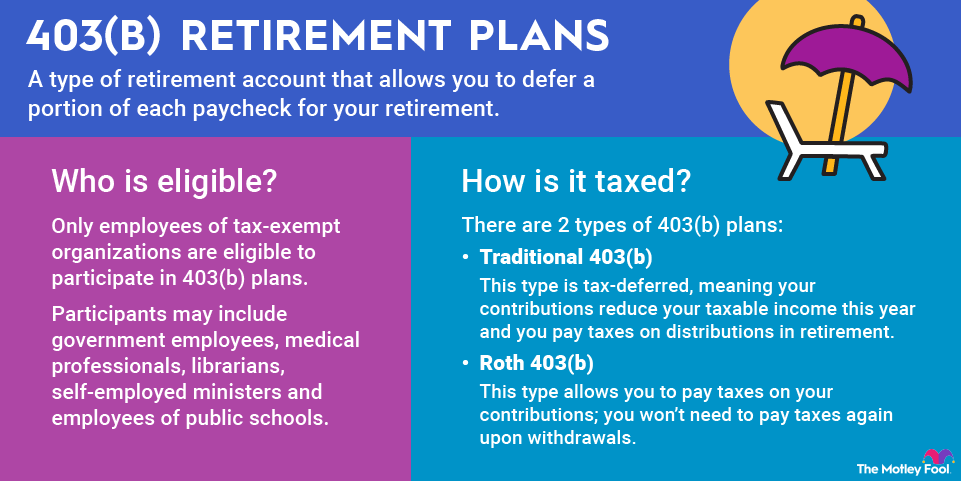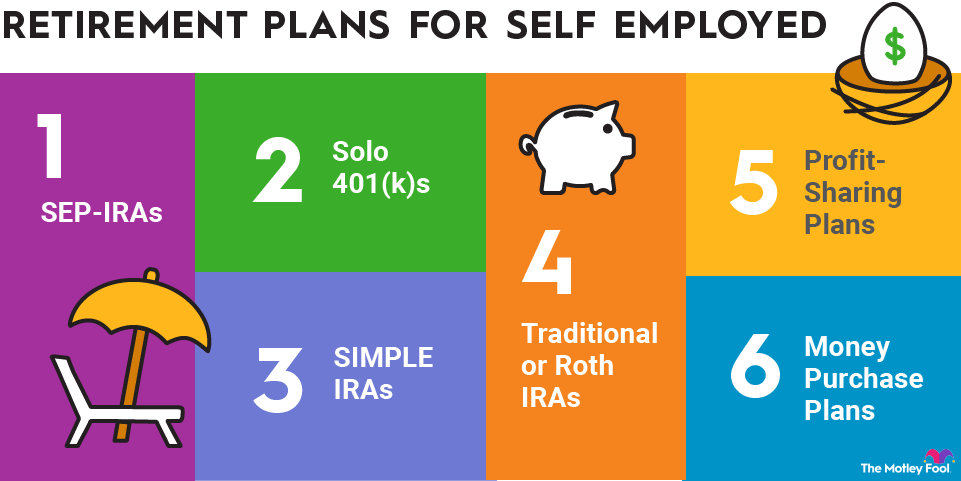You can make contributions to a solo 401(k) as both employee and employer, with the total equaling $72,000 in 2026 ($70,000 in 2025).
If you're 50 or older, you're eligible for an additional $8,000 catch-up contribution in 2026 ($7,500 in 2025), bringing the total contribution limit to $80,000 in 2026 ($77,500 in 2025).
The SECURE 2.0 Act also created a new "super catch-up contribution" for workers ages 60 to 63, who can make $11,250 in catch-up contributions in both 2025 and 2026.
The contributions break down as follows:
- Up to $24,500 as an employee in 2026 ($23,500 in 2025). Catch-up contributions are also made as an employee.
- As an employer, up to 25% of net self-employment earnings or the maximum of $72,000 in 2026 ($70,000 in 2025). Net self-employment earnings are equal to net profit minus your SEP contribution (excluding any catch-up contribution) and half of self-employment taxes.
If you have a spouse who is employed by and earns income from this business in some capacity, you can make the same contributions for each of you.
















